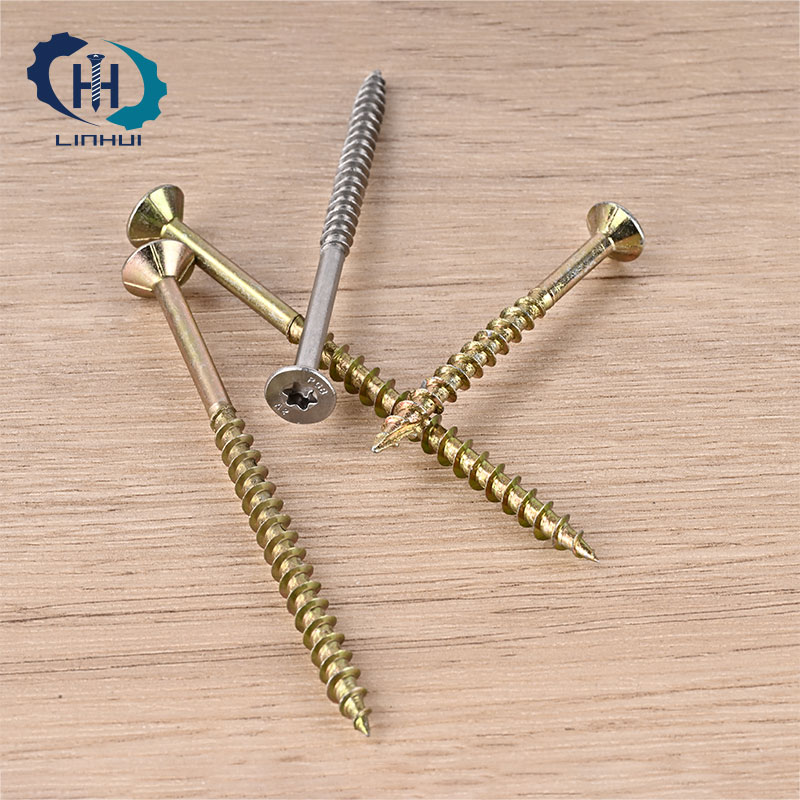Wood Working Screws: Essential Fasteners for Strong and Durable Wood Joints
2025-07-03
Wood working screwsare specialized fasteners designed to join wooden pieces securely, providing strong, reliable connections for furniture, cabinetry, construction, and DIY projects. Engineered with specific thread patterns and materials, these screws ensure ease of use and lasting performance in various woodworking applications.
What Are Wood Working Screws?
Wood working screws feature sharp, deep threads that grip wood fibers firmly, minimizing the risk of splitting and ensuring tight joints. They typically have tapered shafts and pointed tips for easy insertion. Wood screws come in various head styles, lengths, and materials to suit different types of wood and project requirements.

Key Features of Wood Working Screws
Thread Design:Deep, coarse threads for superior holding power in wood.
Material:Commonly made of steel, stainless steel, or brass, often coated for corrosion resistance.
Head Types:Flat, pan, oval, or round heads to fit countersunk or surface-mounted applications.
Drive Types:Phillips, slotted, Torx, or square drives for better torque and reduced cam-out.
Point Type:Sharp or self-drilling tips to ease penetration without pre-drilling.
Advantages of Using Wood Working Screws
Strong Grip:Ensures firm, vibration-resistant joints.
Easy Installation:Sharp tips and well-designed threads reduce effort and time.
Durability:Corrosion-resistant coatings prolong lifespan, especially in outdoor or moist environments.
Versatility:Suitable for hardwood, softwood, plywood, and composite materials.
Aesthetic Finish:Countersunk heads provide flush surfaces for clean looks.
Common Applications
Furniture Assembly:Chairs, tables, cabinets, and shelves.
Wooden Structures:Decks, fences, pergolas, and framing.
Interior Woodworking:Trim, molding, and paneling.
DIY Projects:Crafting, repairs, and home improvement.
Outdoor Use:Stainless steel or coated screws for decks and garden furniture.
Tips for Selecting Wood Working Screws
Length and Diameter:Choose based on wood thickness and joint strength needed.
Material and Coating:Select stainless steel or galvanized screws for corrosion resistance.
Head Style:Use flat heads for countersinking; pan or round heads for surface mounting.
Drive Type:Consider Torx or square drives for higher torque and reduced stripping.
Pre-Drilling:For hardwood or delicate wood, pre-drill pilot holes to prevent splitting.
Conclusion
Wood working screws are indispensable fasteners that offer strong, reliable, and long-lasting connections in woodworking projects. Their thoughtful design caters specifically to wood’s unique properties, ensuring ease of use and superior joint strength. Whether for professional carpentry or DIY crafts, choosing the right wood working screws is key to achieving quality and durability.


